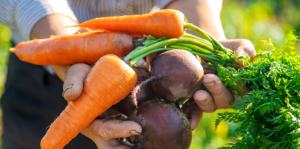With our hot, coastal climate here in the South of Florida, our vegetable planting calendar varies quite a bit from the surrounding states. While this can sometimes lead to confusion as to when we should be putting our seeds in the soil, the upside is that we’ve got a never-ending gardening season—we just need to be mindful of which vegetables we plant in each season.
In autumn, the temperatures are just beginning to cool down a bit, and by winter, the weather will be mild and comfortable—the perfect conditions for many cool weather veggies that can’t handle intense heat. This means you can have a massive harvest of all kinds of different vegetables (and even a few fruits!) to serve at all your upcoming holiday meals and get-togethers with family.
We’ve put together some simple lists of the best seeds and starter plants in Fort Lauderdale for each month in autumn, from September to November. Pick some up from Living Color today and get started on your late-season vegetable garden! You’ll love the feeling of having a fully stocked produce aisle right in your own backyard. This means fewer trips to the grocery store and more money in your wallet!
You’ll see that some transplants are labeled “Handle with Care,” indicating that these plants are a bit more sensitive than others, and special care must be taken to transplant them gently. If you have any questions about proper transplanting techniques and how to prevent root damage or stress, call us at the store and speak with one of our experts! We’ll be happy to help walk you through the steps.
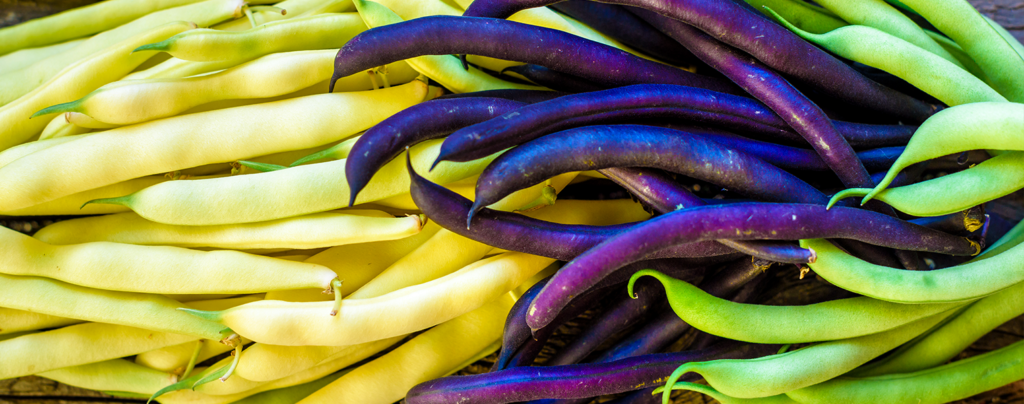
Seeds To Plant in September
- Beans (Pole, Bush, and Lima)
- Southern Peas
- Cucumbers
- Summer and Winter Squash
- Green Onions and Shallots
- Turnips
Transplants For September
- Carrots (Handle with Care)
- Kale
- Cabbage
- Lettuce
- Cauliflower
- Peppers
- Collards
- Sweet Potatoes
- Eggplant
- Swiss Chard
- Endives
- Tomatoes
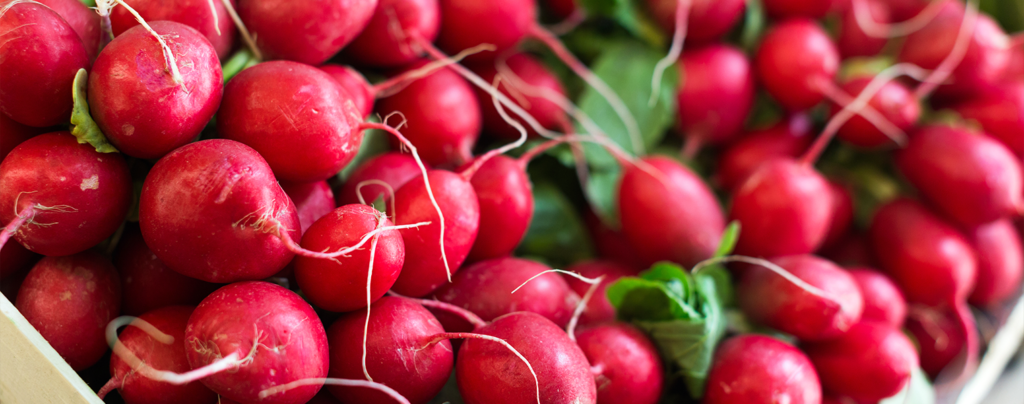
Seeds For October
- Beans (Pole, Bush, and Lima)
- English and Southern Peas
- Sweet Corn
- Radishes
- Cucumbers
- Summer Squash
- Onions
- Turnips
Transplants For October
- Beets
- Broccoli
- Carrots (Handle with Care)
- Cabbage
- Cauliflower
- Celery (Handle with Care)
- Collards
- Eggplant
- Endives
- Kale
- Kohlrabi
- Lettuce
- Peppers
- Potatoes (Handle with Care)
- Spinach (Handle with Care)
- Strawberries
- Tomatoes
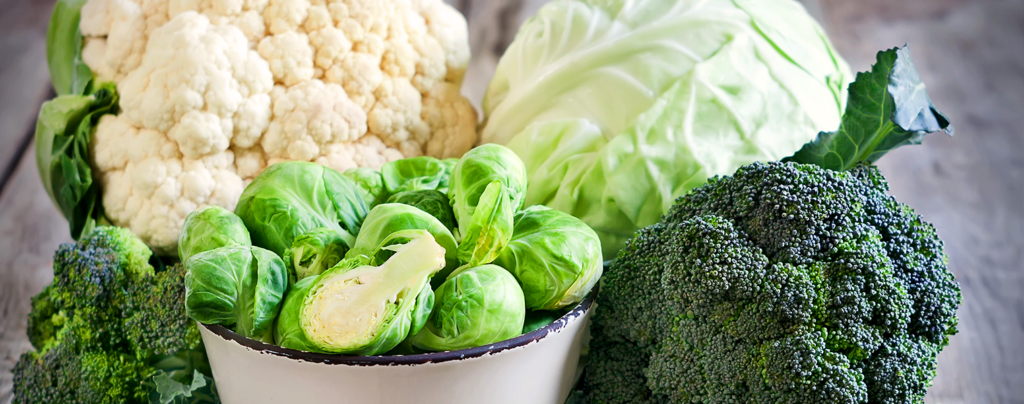
Seeds For November
- Beans (Pole, Bush, and Lima)
- English and Southern Peas
- Sweet Corn
- Radishes
- Cucumbers
- Summer and Winter Squash
- Onions
- Turnips
Transplants For November
- Arugula
- Beets
- Broccoli
- Brussels Sprouts
- Cabbage
- Carrots (Handle with Care)
- Cauliflower
- Celery (Handle with Care)
- Collards
- Eggplant
- Kale
- Kohlrabi
- Lettuce
- Peppers
- Potatoes (Handle with Care)
- Spinach (Handle with Care)
- Strawberries
- Swiss Chard
- Tomatoes
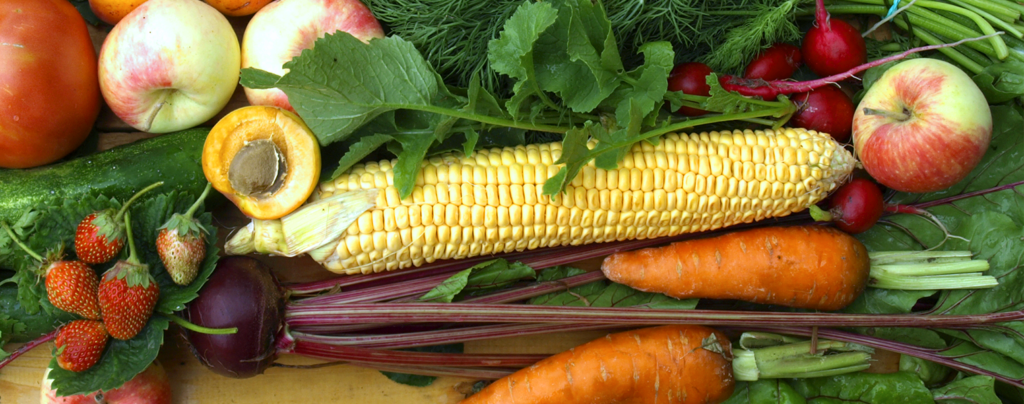
Extra Tips For Fall and Winter Vegetable Gardening
To make sure your late-season gardening project goes smoothly, follow these best practices, and you’ll have a healthy, lush garden full of tasty snackables in no time!
- Check plant compatibility. Some plants don’t like to be placed next to each other, because they can impact the growth and even the flavor of other plants. For example, beans and beets are a bad match, cabbage and strawberries are sworn enemies, and onions and peas are no bueno. It’s also a good idea to try and place plants with similar water and sunlight needs close together, so it’s easy to give them all exactly what they need.
- Experiment with companion planting. To contrast, while some plants aren’t friendly neighbors, others make pretty dynamic duos. For example, basil can improve the flavor of tomatoes, and many fragrant herbs and flowers act as natural pest deterrents for your edible plants.
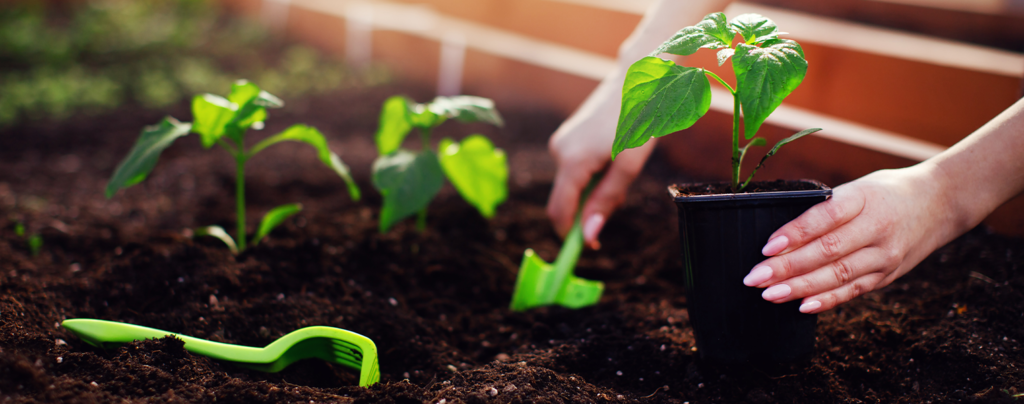
- Keep the soil loose, and mix in some compost. Loose, well-draining soil is the key to a successful garden, but this is especially true for vegetable gardens. To create big, ripe edibles, the extra nutrients from the compost will help a great deal. Root vegetables like carrots and turnips definitely need loose soil so they can penetrate deep into the ground without hitting a dead end and getting their growth stunted.
- Maintain a consistent watering schedule. Many vegetables, like cabbage, lettuce, and tomatoes, will crack open if they aren’t watered consistently in terms of timing and volume. Monitor the rainfall in your area and adjust your watering accordingly!
Ready to get started on your final vegetable harvest for 2020? Visit Living Color Garden Center to get everything you need, from plants, soil, compost, and decorative pots to brighten up the landscape! We have home delivery and curbside pickup options available if need be.

